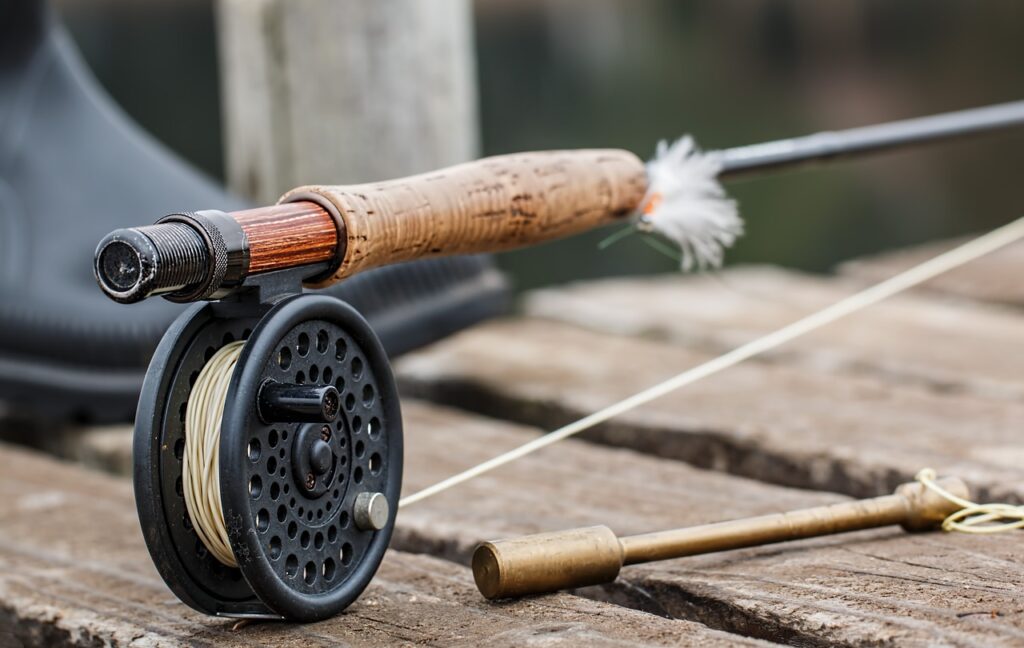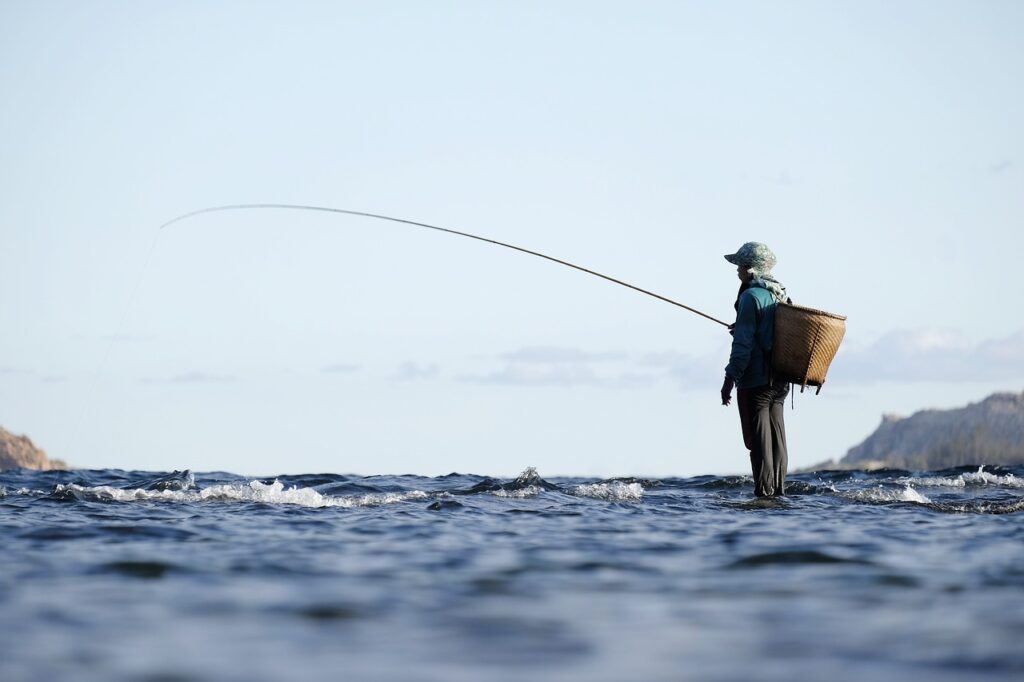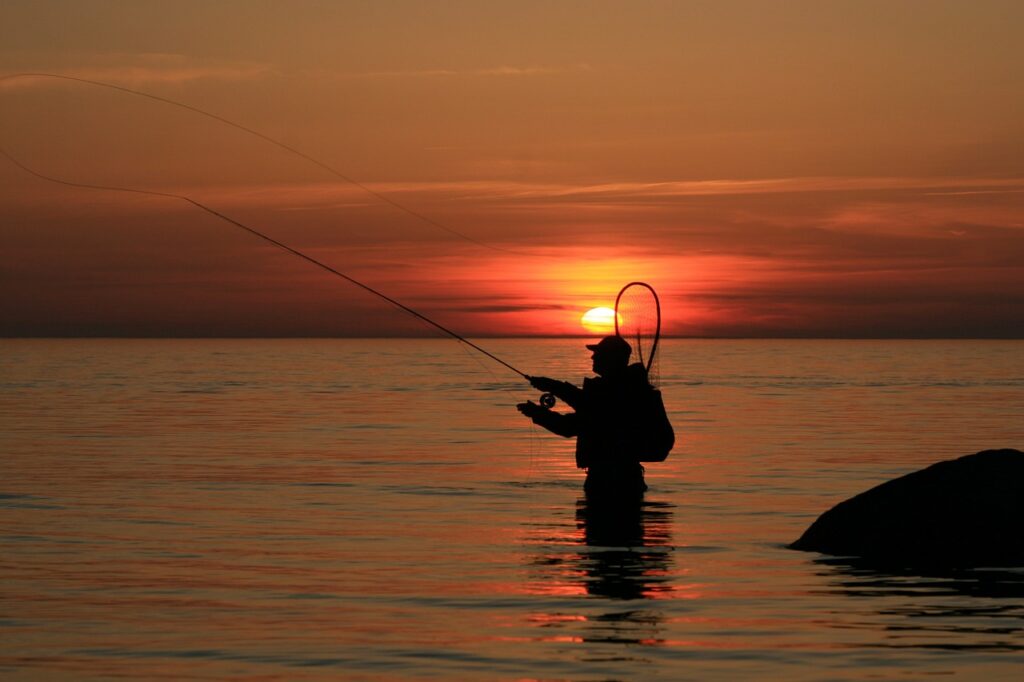
Welcome to the world of fly fishing! As you embark on your new hobby, you may be wondering about the regulations in your area regarding bag limits. Knowing the bag limit is crucial to ensure the sustainability of fish populations and the health of ecosystems. By understanding and following these guidelines, you can enjoy the sport of fly fishing while also protecting the environment for future generations. Take the time to research the bag limit for fly fishing in your area and do your part to preserve the natural beauty of our waters. What Is The Bag Limit For Fly Fishing In My Area?
Have you ever found yourself wondering about the bag limit for fly fishing in your area? Understanding the bag limit regulations is crucial to ensuring the sustainability of fish populations and the preservation of the natural environment. In this article, we will delve into the specifics of bag limits for fly fishing, how they are determined, and tips on how you can responsibly enjoy this beloved outdoor activity while respecting these regulations. Let’s get started!
What is a Bag Limit?
Before we dive into the bag limit regulations for fly fishing, let’s first understand what a bag limit actually is. The bag limit refers to the maximum number of fish that an angler is allowed to catch and keep within a specified time period. This regulation is put in place to prevent overfishing and to protect fish populations from depletion.
Bag limits are typically determined based on the health of the fish population, the specific fish species, and the habitat in which they reside. It is important to adhere to bag limits to ensure the longevity of fish populations and to promote sustainable fishing practices.
Why Bag Limits Are Important:
Bag limits are essential for the preservation of fish populations and the overall health of aquatic ecosystems. By limiting the number of fish that can be caught and kept by anglers, bag limits help prevent overfishing and ensure that fish populations have the opportunity to thrive.
Adhering to bag limits also helps maintain the balance of predator and prey relationships within ecosystems. By controlling the number of fish that can be removed from a particular body of water, bag limits contribute to the overall health and sustainability of the environment.
The Consequences of Ignoring Bag Limits:
Failing to comply with bag limits can have serious consequences for fish populations and the environment as a whole. Overfishing can lead to the depletion of fish stocks, disrupt the delicate balance of ecosystems, and result in irreversible damage to aquatic habitats.
Ignoring bag limits not only harms fish populations but also undermines the efforts of conservationists and regulatory agencies working to preserve our natural resources. Responsible angling practices, including following bag limits, are crucial for maintaining healthy fish populations and enjoying the sport of fly fishing for generations to come.

Determining Bag Limits for Fly Fishing:
Bag limits for fly fishing are determined by a combination of scientific data, conservation efforts, and regulatory decisions. Fisheries biologists and resource managers play a key role in assessing fish populations, monitoring trends, and setting bag limits that are sustainable and based on the best available science.
Factors Considered When Setting Bag Limits:
-
Fish Population Health: The overall health of fish populations, including abundance, reproductive success, and genetic diversity, is a primary factor in determining bag limits. Fisheries biologists assess these factors to determine the maximum number of fish that can be harvested without harming the population.
-
Life History of Fish Species: The life history characteristics of different fish species also influence bag limits. Factors such as growth rates, age at maturity, and spawning behaviors impact the resilience of fish populations to fishing pressure and inform bag limit regulations.
-
Habitat Conditions: The quality and availability of habitat for fish species play a crucial role in setting bag limits. Healthy habitats provide essential resources for fish, such as food, shelter, and spawning grounds, and contribute to the overall sustainability of fish populations.
How Bag Limits are Enforced:
Bag limits for fly fishing are enforced through a combination of regulations, monitoring, and compliance efforts. Regulatory agencies, such as state fish and wildlife departments, establish and oversee bag limits for different fish species and bodies of water.
Fisheries enforcement officers may conduct patrols, inspections, and compliance checks to ensure that anglers are adhering to bag limits and other fishing regulations. Violations of bag limits can result in fines, penalties, and other enforcement actions designed to deter illegal fishing practices.

Bag Limits for Common Fish Species:
Bag limits for fly fishing vary depending on the fish species, geographic location, and specific regulations governing the area. Below, we will outline bag limits for some common fish species targeted by fly anglers in different regions:
Trout:
| Trout Species | Bag Limit | Size Limit |
|---|---|---|
| Rainbow Trout | 5 per day | None |
| Brown Trout | 2 per day | 15-inch minimum |
| Brook Trout | 5 per day | None |
Bass:
| Bass Species | Bag Limit | Size Limit |
|---|---|---|
| Largemouth Bass | 5 per day | None |
| Smallmouth Bass | 5 per day | None |
Salmon:
| Salmon Species | Bag Limit | Size Limit |
|---|---|---|
| King Salmon | 2 per day | None |
| Coho Salmon | 2 per day | None |
Carp:
| Carp Species | Bag Limit | Size Limit |
|---|---|---|
| Common Carp | No limit | None |

Responsible Fishing Practices:
As a fly angler, it is important to practice responsible fishing techniques and comply with bag limits to protect fish populations and the environment. Here are some tips to help you enjoy fly fishing responsibly:
Catch and Release:
Consider practicing catch and release fishing to help maintain fish populations and conserve resources. By releasing fish unharmed back into the water, you can enjoy the thrill of the catch without exceeding bag limits or harming fish populations.
Selective Harvest:
If you choose to keep fish, consider practicing selective harvest by only keeping fish that are within the bag limit and of legal size. Selective harvest helps prevent waste and ensures that fish populations remain healthy and sustainable.
Respect Fishing Regulations:
Be sure to familiarize yourself with fishing regulations, including bag limits, size limits, and special regulations for the area you are fishing. Respect these regulations to protect fish populations, habitats, and the overall integrity of the sport.
Educate Others:
Share your knowledge of responsible fishing practices with fellow anglers, friends, and family members. By promoting ethical fishing practices and conservation efforts, you can help educate others on the importance of preserving our natural resources for future generations.

Conclusion:
In conclusion, understanding the bag limit regulations for fly fishing is essential for promoting sustainable fishing practices and protecting fish populations from overexploitation. By adhering to bag limits, practicing responsible fishing techniques, and respecting fishing regulations, you can enjoy fly fishing while contributing to the conservation of our natural resources.
Remember, as an angler, you play a vital role in the preservation of fish populations and the health of aquatic ecosystems. By following bag limits, practicing catch and release, and educating others on responsible fishing practices, you can make a positive impact on the environment and ensure the sustainability of fly fishing for years to come. Happy fishing!